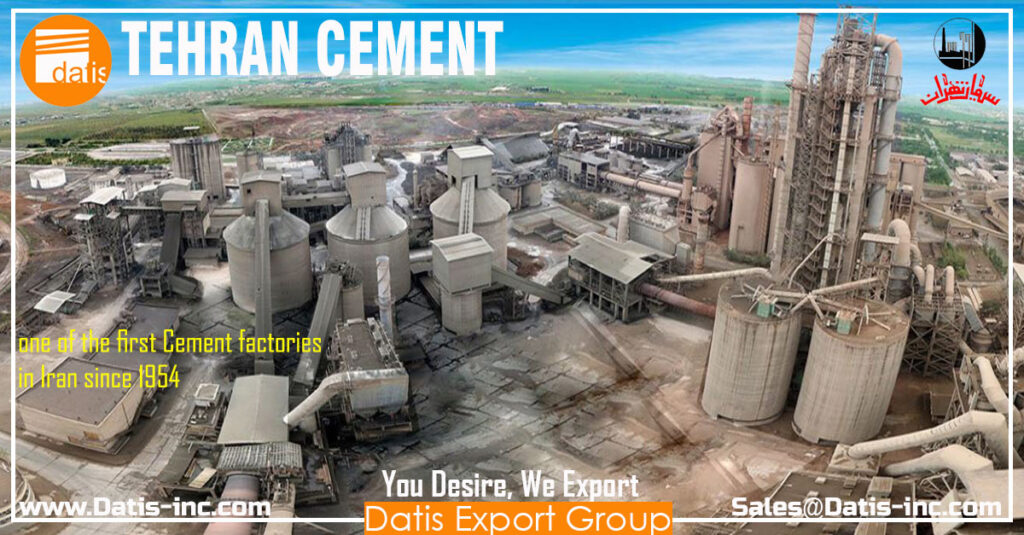Pozzolani Portland Cement:
In order to modify some properties of Portland cements and achieve wider application specifications, according to the Iranian national standard No. 3432 ISIRI, Portland cement produces pozzolans containing up to 15% natural pozzolans with Portland cement clinker (types 1, 2 and 5). To be. Portland pozzolanic cements, in addition to having the clinker functional characteristics of the cements used, depending on the type and characteristics of the pozzolan, show unique properties in concrete structures.
Lower initial and final hydration temperatures, reduced concrete permeability and high durability in environments containing corrosive salts, adsorption of cement alkalis and the ability to maintain the properties of fresh concrete for longer periods, are among the special properties that are applicable. Many such as widespread use in the tropics and bulk concreting, use in combination with reactive aggregates with alkalis, use in aqueous and soil environments containing sulfate and chlorine ions, portability over long distances and overall more durability and reliability in Causes reinforced and unreinforced concrete.
Note: Due to having a lower share of clinker than similar Portland cement, this cement has a longer hardening and initial setting and therefore it is better to mold and load on the structures made of it, after more time. Also, due to water absorption and reduction of flow and drop of slump, it is better to avoid more water to increase the flow rate of fresh concrete of this cement and to use lubricants in concrete mix.
